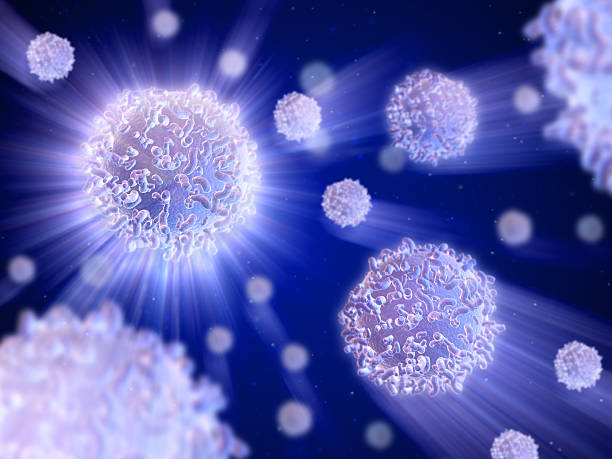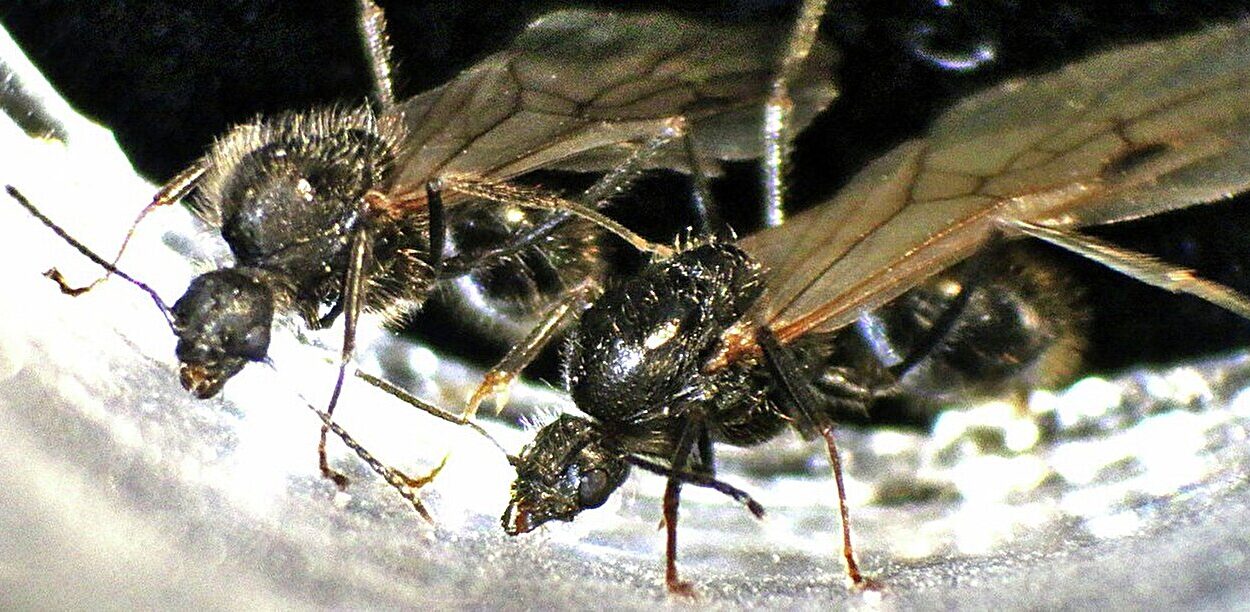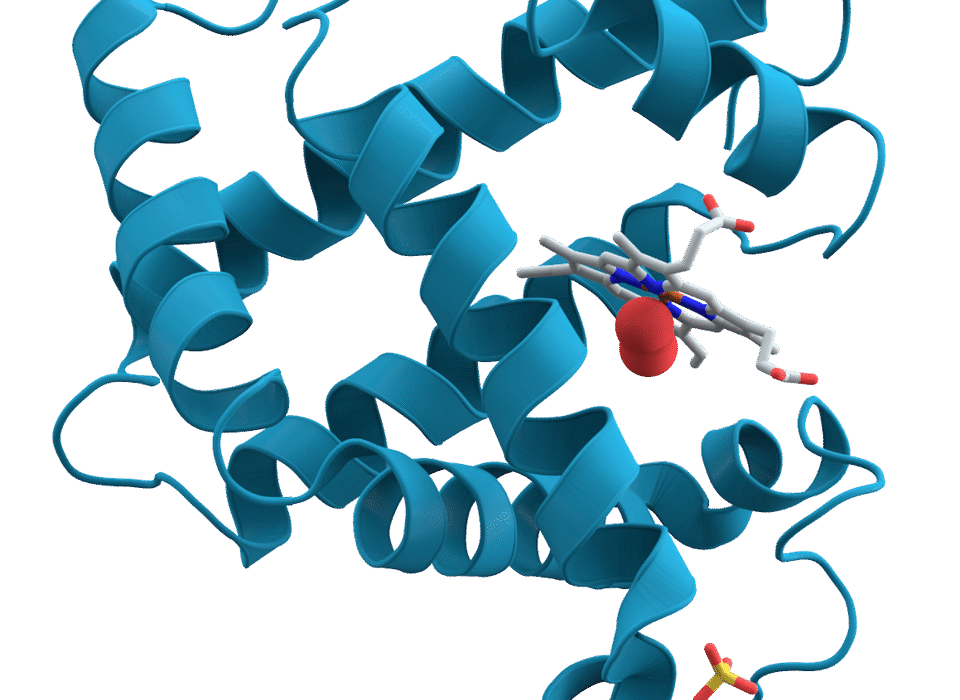In the vast and bustling metropolis that is the human body, where trillions of cells work in harmony to keep life pulsing, a specialized group of warriors stands vigilant. These are not soldiers clad in metal armor or wielding swords, but microscopic champions cloaked in biological brilliance—white blood cells. Known scientifically as leukocytes, these cells are the backbone of the immune system, ever-ready to leap into action at the first sign of trouble. But their story is far more fascinating than just defense. The world of white blood cells is a realm of intrigue, strategy, sacrifice, and unrelenting loyalty to the organism they serve.
So, what exactly is the role of white blood cells? The answer unfolds like an epic saga—one of microscopic warfare, biological intelligence, and miraculous healing.
An Army With a Mission
White blood cells, or WBCs, are a diverse group of cells that form an essential part of the immune system. Unlike red blood cells, which transport oxygen, white blood cells are primarily concerned with defending the body against infections, foreign invaders, and even internal threats like cancerous cells. They are produced in the bone marrow and circulate throughout the body via the bloodstream and lymphatic system.
Though they make up only about 1% of the total blood volume, their impact is immeasurable. A single drop of blood contains roughly 7,000 to 25,000 white blood cells, each one on a ceaseless patrol for signs of microbial infiltration or internal cellular betrayal.
Their mission is simple yet profound: protect the body at all costs. And they do this through a dazzling array of tactics, tools, and specializations.
The Five Families: A Complex Cast of Characters
White blood cells are not a monolithic entity but rather a collection of highly specialized cell types. Each has a unique role to play, and together they form a multi-tiered defense system. There are five primary types of WBCs:
- Neutrophils
- Lymphocytes (T cells and B cells)
- Monocytes
- Eosinophils
- Basophils
Let’s explore these microscopic warriors one by one, not as a dry classification, but as characters in a living, breathing drama.
Neutrophils: The First Responders
Imagine a city watch trained to react instantly to the sound of alarm bells. That’s the role of neutrophils. They are the most abundant type of white blood cell, making up 50-70% of the total. Swift, aggressive, and short-lived, neutrophils are the first to arrive at the site of an infection.
When a bacterium invades the body—through a cut, for instance—it releases chemical signals that trigger an immune response. Neutrophils respond within minutes, rushing to the site in a process called chemotaxis. Once there, they engulf the bacteria in a process called phagocytosis, essentially swallowing and digesting the intruder.
However, neutrophils are not delicate. Their battle tactics include releasing toxic granules and creating web-like structures called neutrophil extracellular traps (NETs) to ensnare pathogens. But this brutal efficiency comes at a cost: neutrophils die soon after fighting, often forming pus as a byproduct of their self-sacrifice.
Lymphocytes: The Brain and Memory of the Immune System
While neutrophils are the foot soldiers, lymphocytes are the strategists. They form the second largest group of WBCs and are further divided into B cells, T cells, and natural killer (NK) cells. Each has a distinct, highly specialized function.
B cells are the body’s antibody factories. When they encounter a foreign antigen—such as a virus or bacterium—they produce specific antibodies designed to neutralize or tag the invader for destruction. These antibodies circulate through the blood, sticking to pathogens and preventing them from infecting healthy cells.
T cells, on the other hand, are more like the military intelligence and strike force. There are different types of T cells, such as:
- Helper T cells, which coordinate the immune response by activating other WBCs.
- Cytotoxic T cells, which directly kill infected or cancerous cells.
- Regulatory T cells, which prevent the immune system from attacking the body itself, maintaining a delicate balance.
Natural Killer (NK) cells are particularly fascinating. These cells can detect stressed or abnormal cells, such as those infected with viruses or transformed by cancer, and destroy them on the spot without prior sensitization. They are the assassins of the immune world—silent, fast, and deadly.
One of the most remarkable aspects of lymphocytes is their memory. Once the immune system encounters a pathogen, it “remembers” it, thanks to memory B and T cells. This is the principle behind vaccinations: expose the body to a harmless version of a pathogen to train the immune system for the real thing.
Monocytes: The Cleanup Crew and Intelligence Agents
Monocytes are large, versatile cells that circulate in the blood. When they detect trouble, they migrate to the affected tissue and transform into macrophages or dendritic cells.
Macrophages (Greek for “big eaters”) are like the janitors and investigators of the immune system. They engulf pathogens, dead cells, and debris, cleaning the battlefield. But they also play a more sophisticated role: presenting antigens (bits of pathogens) to T cells, essentially saying, “Look what I found—do something about it.”
Dendritic cells are even more specialized in antigen presentation. They’re like diplomats, ferrying information from the site of infection to the lymph nodes, where they activate T cells and initiate a full-blown immune response.
Eosinophils and Basophils: The Double-Edged Swords
Eosinophils and basophils are the rarer white blood cells, but they play crucial roles in specific scenarios.
Eosinophils are primarily involved in combating multicellular parasites like worms. They also play a role in allergic reactions and asthma. However, their aggressive response can sometimes harm the body, contributing to inflammation and tissue damage in allergic diseases.
Basophils release histamine and other chemicals that help initiate the inflammatory response. They’re essential in fighting parasites and play a key role in allergic reactions, including the life-threatening condition anaphylaxis.
Together, eosinophils and basophils are like demolition experts. When directed properly, they destroy threats. But if misdirected, they can accidentally wreck the body’s own infrastructure.
The Chemistry of Combat: Signals and Cytokines
White blood cells don’t just act—they communicate. They send and receive chemical signals called cytokines, which regulate the intensity and duration of the immune response. These molecules can summon reinforcements, dampen overactive responses, stimulate growth, or trigger cell death.
It’s a symphony of biochemical signaling that allows the immune system to be incredibly precise—or dangerously overzealous, as seen in autoimmune diseases or cytokine storms.
The Life Cycle of a Defender
The journey of a white blood cell begins in the bone marrow, where hematopoietic stem cells differentiate into various WBC types. Depending on their lineage, they may mature in the bone marrow (like B cells) or migrate to other organs like the thymus (as T cells do) to complete their development.
Once matured, WBCs circulate in the blood or reside in lymphoid organs like the spleen, lymph nodes, and tonsils. Their lifespan varies—neutrophils live only a few days, while memory cells can persist for years, ready to launch a rapid response if the pathogen returns.
White Blood Cells and Disease
When white blood cells function properly, they are our best defense. But when things go wrong, the consequences can be dire.
- Leukopenia, a condition of low white blood cell count, makes individuals susceptible to infections.
- Leukocytosis, or elevated WBC count, can indicate infection, inflammation, or leukemia.
- Autoimmune diseases like lupus or rheumatoid arthritis occur when white blood cells mistakenly attack the body’s own tissues.
- Immunodeficiencies, such as HIV/AIDS, cripple the body’s ability to produce or use WBCs, leaving it vulnerable to normally harmless microbes.
- Leukemia, a cancer of white blood cells, results in the uncontrolled production of abnormal leukocytes that impair immunity and crowd out healthy blood cells.
In all these cases, the role of white blood cells is thrown off balance, highlighting their crucial importance to health and survival.
The Future of Immunology: Engineering White Blood Cells
Science is now advancing to a point where we can not only understand white blood cells but also enhance them. In cancer therapy, for example, scientists are engineering CAR T-cells—T cells modified to better recognize and attack tumors. Immunotherapy is revolutionizing treatment for conditions that were once considered untouchable.
We’re also developing ways to grow white blood cells in labs, use them as vaccine delivery systems, or program them with synthetic biology to perform precise medical tasks.
The age of immune engineering is dawning, and white blood cells are at the center of it all.
Conclusion: The Silent Heroes Within
White blood cells are the unsung heroes of the human body. They fight without thanks, die without recognition, and protect us every second of every day. Whether we’re fending off the flu, recovering from surgery, or fighting cancer, white blood cells are there—vigilant, adaptive, and astonishingly intelligent.
Their roles are not confined to textbooks or laboratories. They are real-time actors in the drama of our health, responding to every sneeze, scrape, and splinter. They don’t just wage war—they also bring peace, restore balance, and remember every battle fought, so the next one is quicker and less destructive.
In understanding white blood cells, we don’t just learn about immunity. We glimpse the intricate intelligence of life itself—a system so complex, so beautifully orchestrated, that it humbles even the most seasoned scientists. These microscopic guardians are not just part of us. They are, in many ways, who we are.






